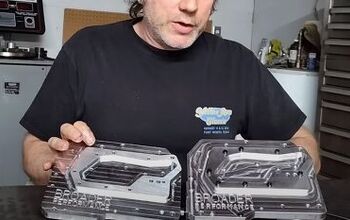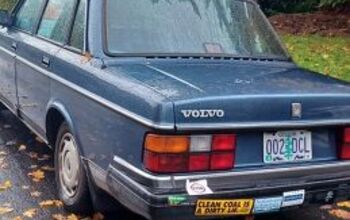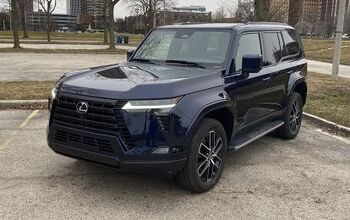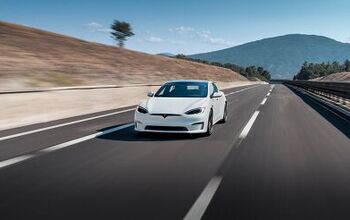GM Signs Agreement to Build Battery Processing Facility

The all-electric roadmap at General Motors continues apace. This week, the company announced plans to form a joint venture with a group called POSCO Chemical, an outfit that has nothing to do with our News & Social Media Contributor despite sharing a curiously similar surname.
GM’s plan calls for the parties to construct a facility in North America which will process critical battery materials for The General’s new Ultium electric vehicle platform. Note well: these are the gubbins planned to be used in upcoming rigs like the Lyriq and Hummer EV, not the maligned Bolt EV.
The joint venture will process something called a Cathode Active Material (CAM), which is apparently a key battery material representing about 40 percent of the cost of a battery cell. The new effort will supply the Ultium Cells facilities being built in the Lordstown and Springhill areas by GM and LG, making this new factory akin to a transmission plant that assembles gearboxes for installation in cars at another facility. Actually, it’s even a bit more basic than that; think of this new place as a factory that manufacturers torque converters which are sent to the transmission plant then on to final assembly.
“Our work with POSCO Chemical is a key part of our strategy to rapidly scale U.S. EV production and drive innovation in battery performance, quality and cost,” said Doug Parks, GM executive vice president, Global Product Development, Purchasing and Supply Chain. “We are building a sustainable and resilient North America-focused supply chain for EVs covering the entire ecosystem from raw materials to battery cell manufacturing and recycling.”
That’s an awful lot of marketing chaff, but the man has a point. It is advantageous for a car company to own as much of the supply chain as possible, placing their futures in their own control rather than in the hands of other facilities. This challenge has been brought into clear view over the last year or so by the ongoing semiconductor shortage. Still, it doesn’t always work out; look at when Henry Ford tried to run a Brazilian rubber plantation in the ‘20s so he could own the production of tires.
It’s worth noting that these plans are described as a “non-binding term sheet” with the execution of definitive agreements expected sooner rather than later. That convenient title is a great way to announce big plans yet shield oneself should the situation turn turtle at some point down the road before the project really gets going. For its part, GM has expressed a goal to launch more than 30 EVs globally by 2025, with more than two-thirds of them available here in the United States. They also want to earn U.S. market share leadership in EVs, something which will surely escape them if they continue to recall every example of a particular electric vehicle they’ve produced to date.
[Image: GM]

Matthew buys, sells, fixes, & races cars. As a human index of auto & auction knowledge, he is fond of making money and offering loud opinions.
More by Matthew Guy
Latest Car Reviews
Read moreLatest Product Reviews
Read moreRecent Comments
- Jeffrey Henry Ford said about innovation, “ If I had asked my customers what they wanted, then they would have said a faster horse." Change is inevitable!!!https://www.wri.org/insights/countries-adopting-electric-vehicles-fastest#:~:text=Currently%2C%2016%20countries%2C%20including%20Canada,create%20and%20enforce%20such%20policies.
- ToolGuy If these guys opened a hotel outside Cincinnati I would go there to sleep, and to dream.
- ToolGuy Michelin's price increases mean that my relationship with them as a customer is not sustainable. 🙁
- Kwik_Shift_Pro4X I wonder if Fiat would pull off old world Italian charm full of well intentioned stereotypes.
- Chelsea I actually used to work for this guy


































Comments
Join the conversation
Before our eyes, the electric transport revolution is taking place - the battery is replacing the internal combustion engine. The first to use them were mopeds, then public transport was replenished with electric buses, hybrid cars are becoming widespread. Every day the number of batteries hazardous to nature will grow, and in a few years they will end their service life.
RE: all lowercase corporate logos. Back when Motorola was king of the hill, its semiconductor division had the world’s most diverse semiconductor portfolio. Motorola eventually shed its semiconductor business into ONSemi, which for a while continued being a powerful player. But like a tree in autumn, ONSemi has been shedding product lines wholesale. In the latest shedding, which was significant, ONSemi also gratuitously decided to change the logo to onsemi. So gm is not the first company who attempts lowercasing their logo to greatness.